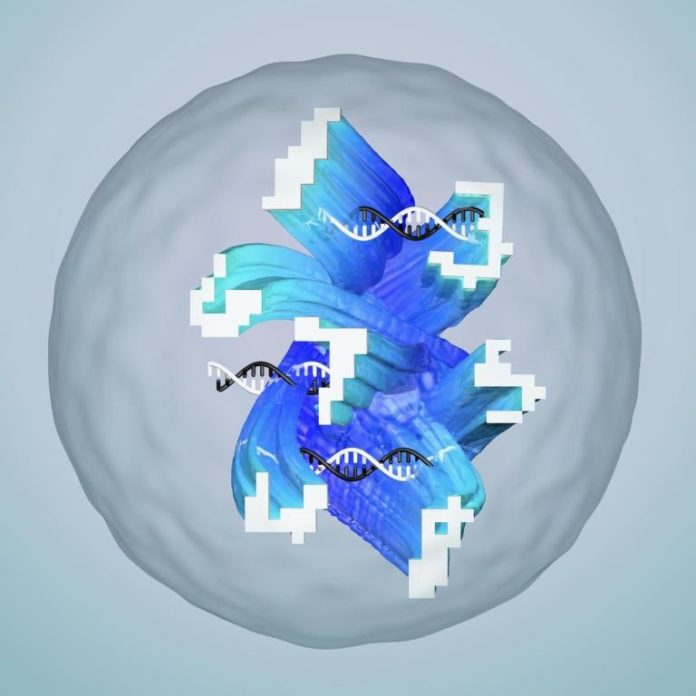Caltech scientists have recently developed an AI made out of DNA that can tackle a classic machine learning problem by precisely recognizing written by hand numbers. The work is a critical advance in showing the ability to program AI into engineered biomolecular circuits.
Lulu Qian, assistant professor of bioengineering at Caltech said, “Though scientists have only just begun to explore creating artificial intelligence in molecular machines, its potential is already undeniable. Similar to how electronic computers and smartphones have made humans more capable than a hundred years ago, artificial molecular machines could make all things made of molecules, perhaps including even paint and bandages, more capable and more responsive to the environment in the hundred years to come.”
Scientists’ goal behind this study is to program intelligent behaviors (the ability to compute, make choices, and more) with artificial neural networks made out of DNA.
Qian said, “Humans each have over 80 billion neurons in the brain, with which they make highly sophisticated decisions. Smaller animals such as roundworms can make simpler decisions using just a few hundred neurons. In this work, we have designed and created biochemical circuits that function like a small network of neurons to classify molecular information substantially more complex than previously possible”
In order to illustrate the capability of DNA-based neural networks, scientists chose a task for electronic artificial neural networks: recognizing handwriting. Because it can be difficult even for humans to recognize others’ sloppy handwriting, identifying handwritten numbers is a common test for programming intelligence into artificial neural networks. These networks must be “taught” how to recognize numbers, account for variations in handwriting, then compare an unknown number to their so-called memories and decide the number’s identity.
Scientists demonstrated that a neural network made out of deliberately outlined DNA successions could do recommended chemical reactions to precisely recognize “molecular handwriting.” Unlike visual handwriting that fluctuates fit as a fiddle, every case of sub-atomic penmanship does not really take the state of a number.
Rather, each molecular number is comprised of 20 one of a kind DNA strands looked over 100 particles, each allocated to speak to an individual pixel in any 10 by 10 design. These DNA strands are combined in a test tube.
Qian said, “The lack of geometry is not uncommon in natural molecular signatures yet still requires sophisticated biological neural networks to identify them: for example, a mixture of unique odor molecules comprises a smell.”
Given a specific case of sub-atomic handwriting, the DNA neural network can order it into up to nine classifications, each speaking to one of the nine possible manually written digits from 1 to 9.
Initially, scientists assembled a DNA neural network to recognize written by 6s and 7s. He tried 36 handwritten numbers and the test tube neural system accurately distinguished every one of them. His framework hypothetically has the capacity of ordering more than 12,000 manually written 7s—90 percent of those numbers taken from a database of transcribed numbers utilized generally for machine learning—into the two potential outcomes.
Qian laboratory graduate student Kevin Cherry said, “The annihilator forms a complex with one molecule from one competitor and one molecule from a different competitor and reacts to form inert, unreactive species. The annihilator quickly eats up all of the competitor molecules until only a single competitor species remains. The winning competitor is then restored to a high concentration and produces a fluorescent signal indicating the networks’ decision.”
Next, Cherry built upon the principles of his first DNA neural network to develop one even more complex, one that could classify single digit numbers 1 through 9. When given an unknown number, this “smart soup” would undergo a series of reactions and output two fluorescent signals, for example, green and yellow to represent a 5, or green and red to represent a 9.
Qian and Cherry plan to develop artificial neural networks that can learn, forming “memories” from examples added to the test tube. This way, Qian says, the same smart soup can be trained to perform different tasks.
The paper is published in a Caltech Library service.
